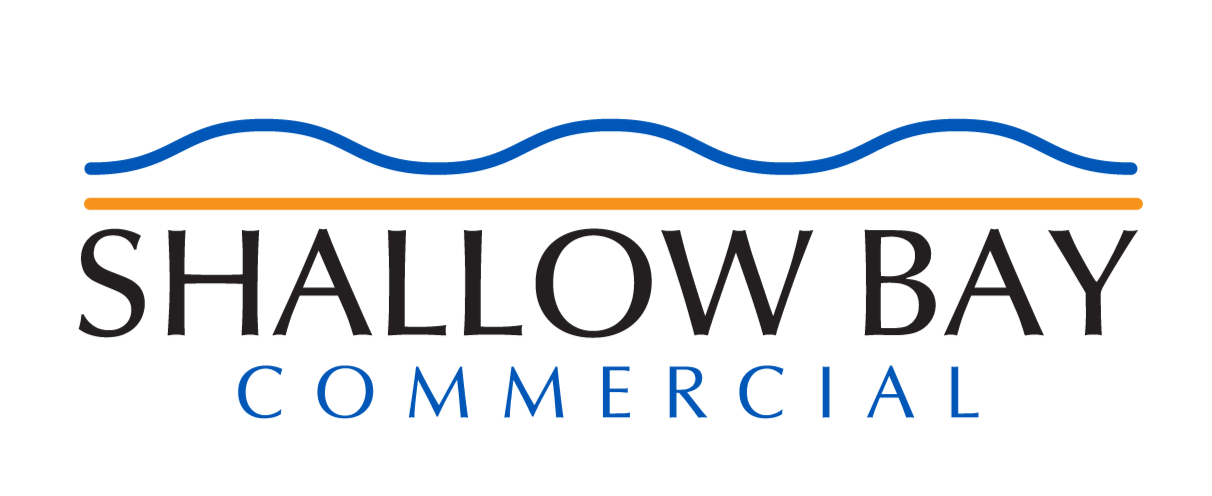
Industrial & Flex Occupancy Consulting
Small business owners are often first-time tenants or only deal with leasing decisions every 4 to 5 years. A consultant can help make the case that you are a good credit risk.Shallow Bay Commercial can help you determine market rent, fair tenant improvement allowances, reasonable operating expenses, identify optimal locations by assessing factors like traffic, demographics, and growth potential, ensuring the space aligns with your business goals.Additionally, we can guide tenants through construction complexities, from selecting contractors to navigating permits to receiving a certificate of occupancy.Unlike a broker that is paid by the landlord we charge by the hour and work directly for your business interests. No long-term agreements either. You can hire us for 1-hour or 100 hours.When it comes to negotiating leases, which are complex contracts, we recommend our tenants hire an attorney. We have several we can recommend that specialize in lease contracts.Even if you still want to go it alone, we hope the Complimentary Market Information helps you on your journey.
Market Information
Disclaimer - The information provide on this webpage is obtained from multiple sources believed to be reliable. Shallow Bay Commercial makes no guarantee, warranties or representations as to the completeness or accuracy thereof. Always conduct your own research and consult with professionals before making leasing decisions. The data is subject to change any time.
Brandon Allen
Shallow Bay Commercial was started to help provide small industrial, flex office and retail tenants with unbiased occupancy consulting services. Our clients pay us by the hour to help them research and locate properties that best meet their occupancy needs. We also help them navigate the construction process.Brandon has more than 15 years of expertise in commercial real estate. He is an active developer of shallow bay light industrial flex buildings in DFW. Brandon also has experience working with retail and medical office tenants.Prior to working in commercial real estate, Brandon was a active CPA working in public and private accounting.Brandon earned his MBA from Southern Methodist University and bachelor degrees in Accounting and Finance from Southeastern Louisiana University. He is a Louisina native and currently lives in Dallas, TX with his wife and two kids.
Resources
What are some of the differences between shallow bay industrial and flex space?
Shallow Bay Industrial Properties:
Size and Build:
Typically range from 5,000 to 200,000 square feet, designed for distribution, light manufacturing, and last-mile logistics. They often have a more traditional industrial layout with a focus on functionality for warehousing or manufacturing.
Ceiling Heights and Loading:
These properties might have ceiling heights around 24-32 feet, with a mix of dock-high and grade-level loading options, suited for logistics and warehousing needs.
Tenant Profile:
Caters to smaller, hyper-local or regional tenants with specific space requirements, often with lease terms of 3-5 years. These tenants might include businesses directly involved in product distribution or assembly.
Location:
Often found on the outskirts of urban areas but strategically placed for efficient distribution, especially as e-commerce has increased the demand for proximity to consumers.
Flex Industrial Properties:
Flexibility in Use:
These properties are designed to be adaptable, blending office, warehouse, and sometimes even light manufacturing space. They can range from 5,000 to 100,000 square feet, making them suitable for various business types.
Design Features:
Flex properties generally have a higher percentage of office space compared to pure industrial buildings, with ceiling heights between 14-24 feet, and are equipped with more amenities like parking and landscaping. They might include overhead loading doors, but with a focus on versatility.
Tenant Profile:
Attracts a broader tenant base, including tech companies, small businesses, or any operation needing both office and warehousing capabilities. The shorter lease terms (12-24 months, or even month-to-month) allow for quick adjustments in space usage.
Cost and Accessibility:
They offer cost efficiencies due to their smaller scale and the ability to adjust to market rent changes quickly. Flex properties are also in demand for their location near urban centers, providing easy access to both workforce and markets.
